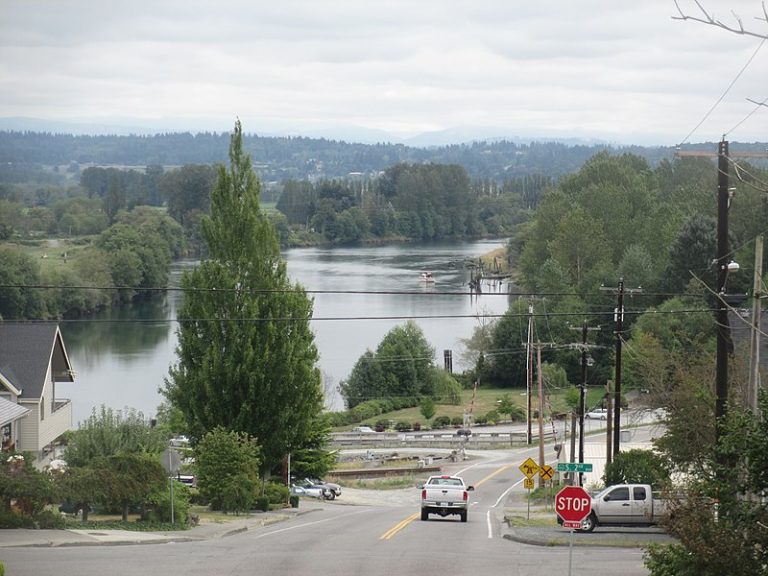Published on May 24, 2021

This is the second of three stories about a little-known geologic fault that could trigger a major earthquake in Snohomish and Island counties.
EVERETT — You’re strolling across a flat sandy beach, on the wet part, where the waves roll in and out.
You stop to wiggle your toes. You sink. In an earthquake, this can happen to buildings, too, if they aren’t specially engineered.
Some of Snohomish County’s most ambitious housing projects, like the new luxury apartments on Everett’s waterfront, have been permitted for construction on top of saturated soils that are prone to liquefy.
These newer buildings are engineered to withstand shaking. Developers say they are safe. Older ones are not.
We live in a region at risk of major earthquakes from the Cascadia Subduction Zone off the Pacific coast. That’s the well-known area where tectonic plates collide — the origin of what’s expected to be “The Big One” of magnitude 9.0.
As her breath puffed in the crisp winter air, Jody Bourgeois pointed to a mound of steaming wood chips along the tidal sloughs that snake through Everett like veins.
Bourgeois, a sedimentary geologist and professor emeritus of earth and space sciences at the University of Washington College of the Environment, had returned to revisit the evidence she found of a historic Cascadia Subduction Zone earthquake, when she studied the Snohomish River delta in the late 1990s at the University of Washington.
Piles of wood chips and compost belong on the delta, not houses and highways, she said. One slough is flanked by two of the county’s major thoroughfares, Highway 529 and I-5. Everett’s wastewater treatment plant lies to the east, beside the marsh grasses and scraggly gray trees of Spencer Island Park. Carved by the migrating river, the delta is made of peat, mud and a base layer of sand. In a quake caused by the southern Whidbey Island fault, all three layers could liquefy.
An earthquake can turn silty, loose soil into quicksand. Grains vibrate against each other. Like shaking up a soda bottle, then cracking the cap, the ground erupts with geysers of water and sediment in a pressure overload. Geologic evidence suggests a local, shallow rupture of a magnitude 7 or greater along the Whidbey fault would generate even more liquefaction than a major Cascadia Subduction Zone earthquake, at least in the Everett region, Bourgeois said.
Steve Kramer, a professor emeritus of civil engineering at the University of Washington, might be the most prominent liquefaction expert in Seattle. He lectured on the subject at UW for almost 40 years, and he played a large role in research that showed the Alaskan Way Viaduct along Seattle’s waterfront wasn’t seismically sound. It was demolished and replaced by a tunnel.
With today’s engineering, Kramer said, soils prone to liquefaction don’t have to be off limits for residential construction, as long as developers are willing to spend.
“We have the ability to make structures in liquefiable soils as safe as structures that are not in liquefiable soils,” he said. “But it costs money to do that.”
The liquefaction-proofing on the Everett waterfront cost SeaLevel about $2 million.
Snohomish County and the City of Everett follow the same procedure for permitting a building in seismically hazardous areas.
Continue reading at Herald Net.
Originally written by Julia-Grace Sanders for Herald Net.